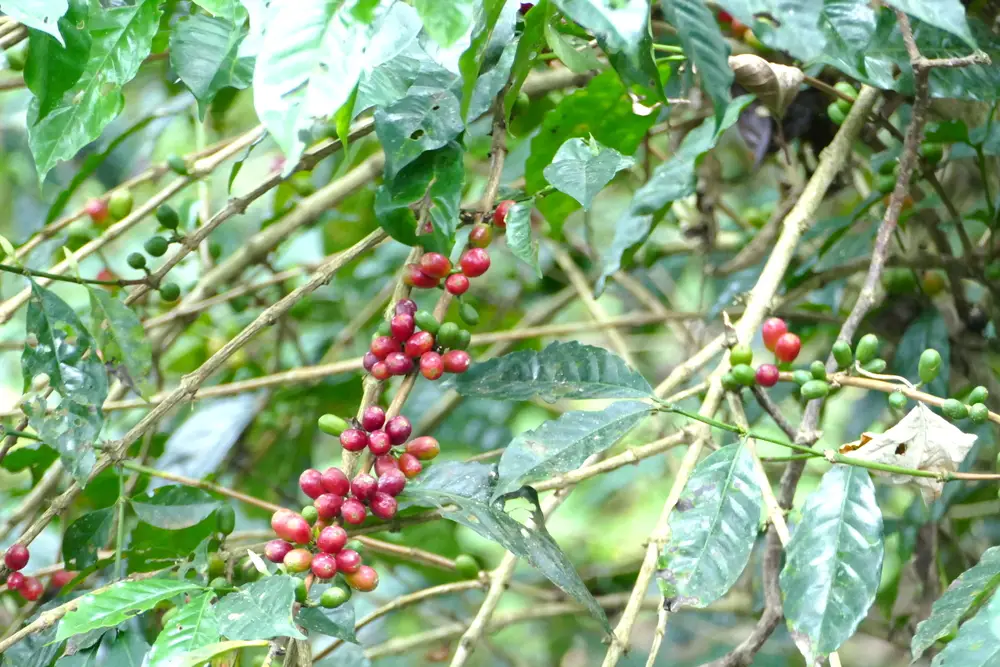Coffee is a staple for many people around the world and Mexico is no exception. The history of coffee in Mexico is fascinating, with roots stretching back to the 18th century. Today, Mexico is one of the world’s leading coffee producers and its coffee is known for its high quality and unique taste.
Table of Contents
Coffee in Mexico in pre-colonial times
Before the arrival of the Spanish in the 16th century, there was no coffee in Mexico. The indigenous population of Mexico did not know the drink and had no tradition of growing coffee.
The first documented mention of coffee in Mexico dates back to the early 18th century when Spanish monks brought coffee plants into the country to provide a source of income for their monasteries. These early coffee plants were primarily grown in the southern states of Mexico, such as Chiapas and Veracruz. The monks grew the plants both for their own use and to trade with the local population. The coffee trees were grown in small plots and were not considered an important crop at the time.
Coffee in Mexico during the colonial period
During the colonial era, coffee cultivation in Mexico began to grow rapidly. The Spanish government recognized coffee’s potential as a valuable export crop and began promoting its cultivation. In the 18th century, coffee became one of the most important crops in Mexico, with production concentrated in the states of Veracruz and Puebla. The coffee grown in Mexico at this time was considered to be of particularly high quality and was in great demand in Europe and America.
The coffee industry in Mexico was dominated by the Spanish and their descendants during the colonial period. The Spanish controlled the production and export of coffee and used the profits to fund their own businesses and projects. The indigenous people of Mexico were not allowed to participate in the coffee industry and were forced to work as day laborers on the plantations.
Coffee in Mexico after gaining independence
After Mexico gained its independence from Spain in 1821, coffee production continued to increase. The Mexican government implemented policies to encourage coffee cultivation and granted land to farmers who committed to growing coffee. As a result, coffee became one of the country’s most important agricultural products, with production concentrated in the states of Veracruz, Puebla, and Chiapas. The coffee industry in Mexico at that time was still dominated by the remaining Spaniards and their descendants, but some Mexican citizens also began to enter the industry.
Coffee in Mexico in the 20th Century
At the beginning of the 20th century, Mexico was one of the leading coffee producing countries in the world. The Mexican coffee industry made an important contribution to the country’s economy and employed large numbers of people. However, the country’s coffee industry was hit hard by the Great Depression of the 1930s, which caused world coffee prices to plummet. Many Mexican coffee farmers were forced to abandon their operations and the country’s coffee production declined significantly.
In the mid-20th century, the Mexican government took a series of measures to revitalize the country’s coffee industry. This included providing financial support to coffee farmers and encouraging the cultivation of new, more disease-resistant coffee varieties. In addition, the government set up research institutes and extension programs to improve the quality and yield of coffee produced in the country.
As a result of these efforts, coffee production in Mexico began to recover, and by the end of the century the country was once again among the top coffee producers in the world. However, at the end of the 20th century, the Mexican coffee industry faced new challenges, including competition from other coffee-producing countries and changing consumer preferences. To remain competitive, Mexican growers began to focus on producing high quality specialty coffees.
In recent years, interest in specialty coffees has grown in Mexico. The American Specialty Coffee Association of America has recognized Mexican coffee as some of the best in the world, and the country is considered a coffee tourism destination. Many small farmers and cooperatives are working to improve the quality of their coffee and promote the unique flavors and characteristics of Mexican coffee.
In addition to the traditional coffee-growing areas, new coffee-growing areas have emerged in Mexico, such as B. Oaxaca and Nayarit, which have a unique microclimate that allows the cultivation of different types of coffee. These new regions have earned a reputation for producing high quality, unique and tasty coffees.
Coffee in Mexico today
Today coffee is one of the most important agricultural products in Mexico. The country is the ninth largest producer in the world, and coffee is one of the main sources of income for many Mexican farmers. Known for its high quality and unique taste, Mexican coffee is exported to countries all over the world. The specialty coffee market in Mexico is also growing as more consumers seek high-quality, unique and tasty coffees.
Conclusion
The history of coffee in Mexico is a fascinating story full of challenges and opportunities. From its introduction to the country in the 18th century to its prominence today as one of the country’s most important agricultural products, coffee has played an important role in Mexico’s economic and cultural development.
Today, Mexican coffee is known for its high quality and unique taste and continues to be an important source of income for many Mexican farmers. The future of the Mexican coffee industry looks bright as more and more consumers are interested in high quality, unique and tasty coffees, and the country is well positioned to meet that demand.



